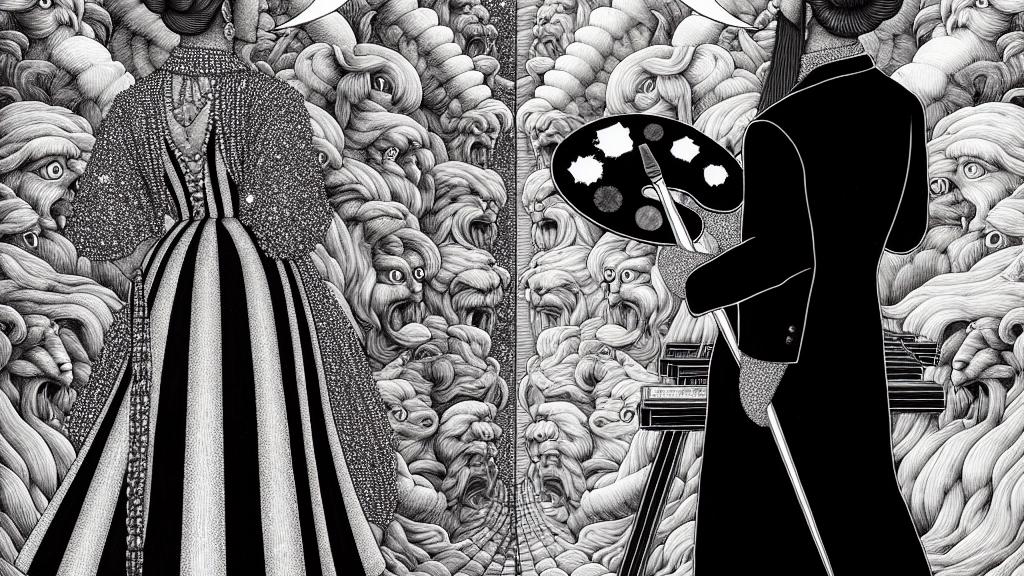Critiquing Capitalism in Margiela: A Fashionable Paradox!
Overview
- A comprehensive analysis of how luxury fashion intersects with anti-capitalist ideologies.
- Prominent figures Saito Kohei and Takashi Murakami engage in significant dialogues on societal contradictions.
- Fashion is redefined as a medium for critique, reflection, and identity in a capitalist society.

Setting the Stage in Japan
In the contemporary landscape of Japan, a compelling discourse has emerged regarding the juxtaposition of luxury fashion, particularly Maison Margiela, and critiques of capitalism. This vibrant dialogue features intellectual engagements between Saito Kohei, an esteemed Marxist theorist, and Takashi Murakami, a leading figure in the modern art scene. Saito asserts that wearing luxury brands can convey a thoughtful resistance to capitalist structures, suggesting that one's intention behind clothing choices matters significantly. He argues that far from being merely complicit in consumer culture, individuals can engage critically and contextually with fashion as a form of expression. Contrastingly, Murakami raises concerns about capitalism’s potential to co-opt artistic freedom, highlighting how even well-intentioned artistic endeavors can be encumbered by market forces. This complex interplay of ideas reveals Japan's struggle with the implications of global capitalism, directing attention toward the intricate nature of personal identity and societal critique within a consumerist framework.
Capitalism, Art, and Their Critics
The heart of this intellectual engagement lies in the challenging relationship between the art community and capitalism. Saito and Murakami probe into the nuances of artistic expression amidst capitalist influences, drawing attention to the potential commodification of dissent. Saito's scholarship underscores the necessity for a critical lens, prompting both artists and viewers to reflect on their involvement in consumer culture. Murakami builds upon this narrative by examining how commercial success can undermine the authenticity of artistic voices. As this dialogue unfolds, it becomes apparent that critiques against capitalism must also grapple with the realities of participation in it. By illuminating the struggles faced by artists who navigate these dualities, their conversations invite audiences to reconsider their roles not only as consumers but as active participants in shaping societal values and narratives. In doing so, they create a rich discourse that connects personal motivations with broader cultural critiques.
Imagining Alternative Futures
Embracing the challenge of envisioning alternative futures requires moving beyond mere critique towards actionable pathways for change. Saito advocates for a reevaluation of communal resources and shared ownership, encouraging practices that foster solidarity in grassroots movements. He implores society to consider cooperative models that can effectively counteract historical power inequalities perpetuated by capitalism. Simultaneously, Murakami's artistry pushes for the acknowledgment of aesthetic choices as powerful political statements, implying that fashion can both reflect and influence social consciousness. His work argues for a progressive reimagining of luxury as a site of resistance. By encouraging individuals to engage meaningfully with both art and fashion, this discourse opens avenues for exploration that assert personal agency while challenging dominant capitalist narratives. Ultimately, through their connected conversations, Saito and Murakami shine a light on the transformative potential of critical thought in art and fashion, paving the way for a future where equity and creativity can thrive together.

Loading...